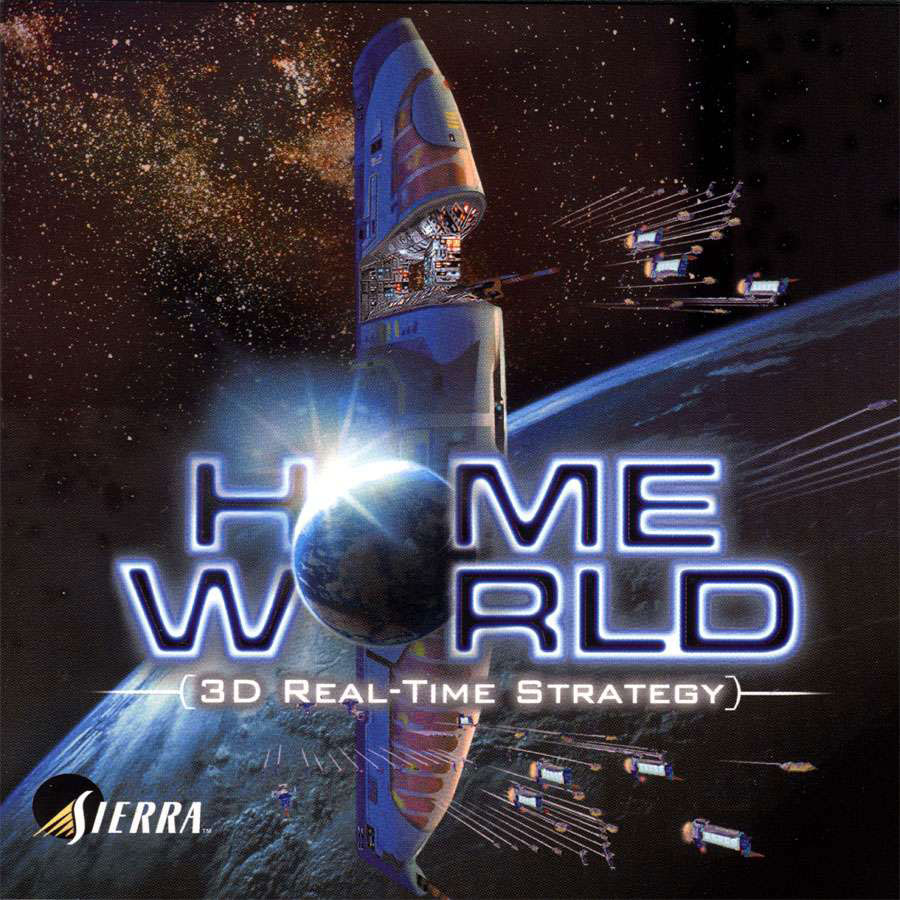Steve's (Lack of) Skills
First, some background on my video game abilities. Despite many, many hours of dedicated play, I am pretty bad at most video games. Over the years there has been 1 or 2 that I played enough to be passable at, but I have never been a top skilled player. The reasons for this are varied, but I will focus on a few highlights. Reason the first:I am a clumsy, uncoordinated sort of person. I don't excel at sports, music, dancing, or anything that requires grace or timing. This carries over into my fine motor skills. My so-called "twitch" reflexes are always a little behind.Playing any sort of game that requires twitch reflexes ends with me losing, especially if I'm playing against other humans. Reason the second: I have a bad habit of engaging in "non-optimal play". My competitive spirit seems to be a little lackluster, so instead of finding the optimal way to win a game, I tend to pursue a strategy that matches my mood. I know this is non-optimal, and I just don't care. Winning is just not important enough to me for me to ruin whatever "idea" I have in my head for what a game should be. These reasons, combined with several others, are why I prefer tabletop RPGs.
The Damned Game
Homeworld released back in 1999. I was in my 3rd year of college. I remember the advertisements for Homeworld in the pages of gaming magazines from the time (magazines made of real paper!). At first I was confused at what Homeworld was, then I became skeptical, and then finally excited by the hype. How could I not?
 |
| This is from 1999. It still looks pretty damn awesome |
I pre-ordered Homeworld, upgraded my computer to run it, bought it on release day, and dived into its brilliance. The game blew me away. Its music is still with me, with its beautiful choirs and haunting melodies. The voice acting matched the music, with awesome chatter for combat ships, and subtle, nuanced voices for major characters. The game had a graphical fidelity unlike anything I had seen in 99, and ship designs were excellent.
That just leaves gameplay. Homeworld is a 3D real-time strategy with spaceships. You collect resources, build units, and wage war. The game has a limited resource bottleneck, forcing you to make tough decisions about which ships to build, how to employ them, and how much you are willing to risk. After each mission, surviving members of your fleet can carry on to the next, making risk management even more important. The other thing to note: It's tough. Homeworld has no difficulty settings, it has a set difficulty for you to overcome and it sets the bar high.
Repeated Failures
I love Homeworld, but I have never beaten it. I tried first in 99, and then again maybe 2 years later. I forgot about it for over a decade, but I found an old copy on Amazon back in 2012. I was surprised when the old game worked on my system at all, but I was most surprised when things went even worse for me this time around. I am terrible at this game.
Non-Optimal Play
So let's talk strategy. Why do suck so bad at Homeworld? The answer is I'm playing it "wrong". I looked at a bunch of strategy guides, and they all recommended the same optimal strategy: Don't kill enemy ships. First you damage them a bunch, and then send in your salvage ship to steal them and re-purpose them. Build your fleet up by stealing the enemy's and making it your own. This alleviates the resource bottleneck, and allows you to build a large and powerful fleet.
Fuck. That. Noise.
I am not playing this game to wound and salvage the enemy. I'm playing to kill him and avenge my people! (the story of the game puts me on solid ground with this one). Wounding and stealing enemy ships gives me ZERO satisfaction. I want blast my enemy into space dust. Apparently, this desire to engage in this fun but non-optimal play style cripples my chances at beating this game. Well, I don't care. I am in this to destroy my enemies, and that is exactly what I will do.
Last Chance to Dance
This extended rant comes on the heels of the HD re-release of Homeworld. It's a beautiful remastering of the original game, and I am looking forward to playing it one last time. Will I play the game differently? A little. I will be more careful about ship losses and how I spend resources. I will quicksave frequently and not be afraid to lose progress to try something over in a better way. But I will not abandon my non-optimal play. Doing so, despite the higher probability of success that it will bring, would make the game un-fun. I do want to win, but I want to win on my terms. Anything less would be cheating. It would not be cheating the game, but cheating myself, and that is something I cannot do.
We'll be back to our regularly scheduled programming later. Right now, I have a fleet to command and enemy ships to destroy.